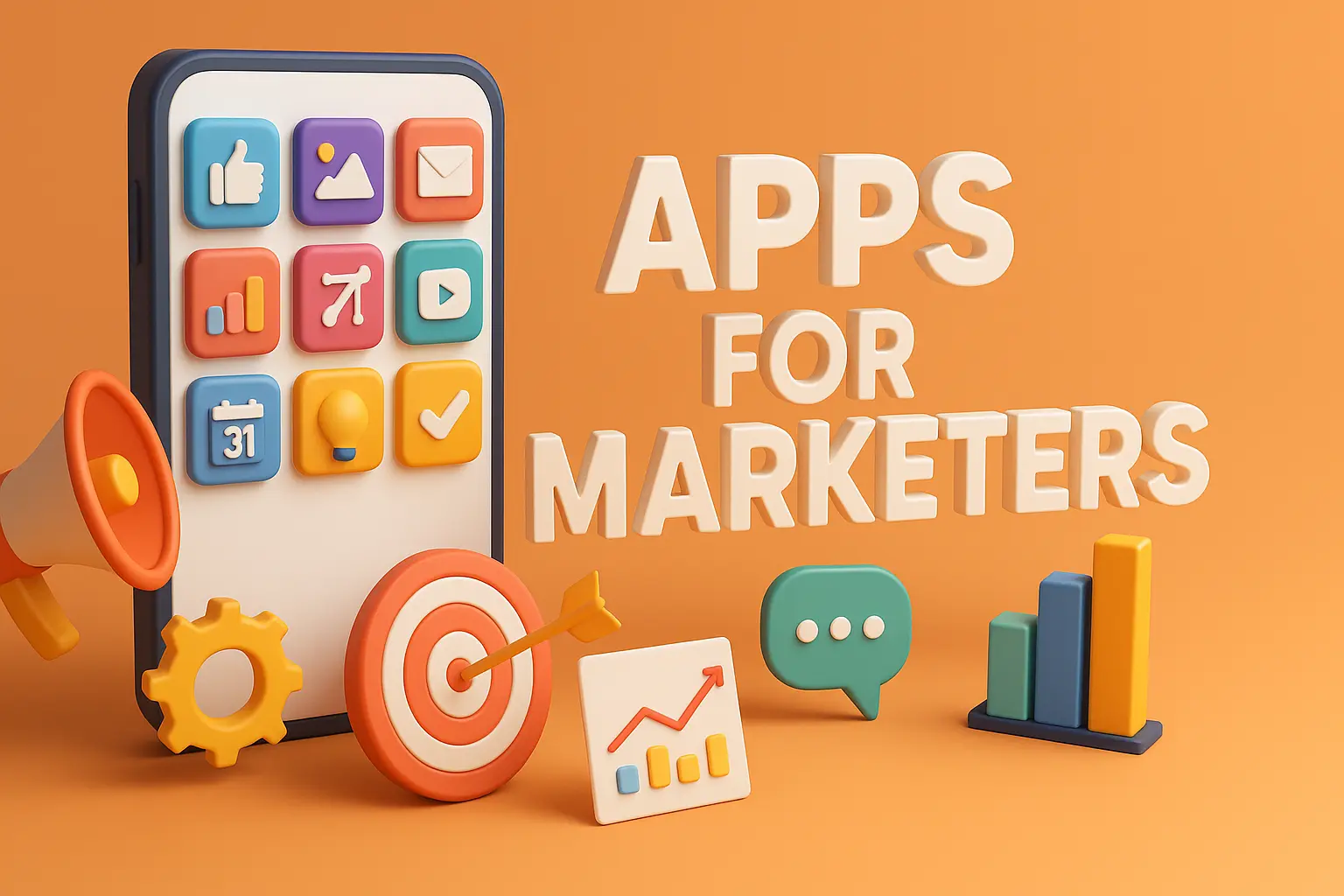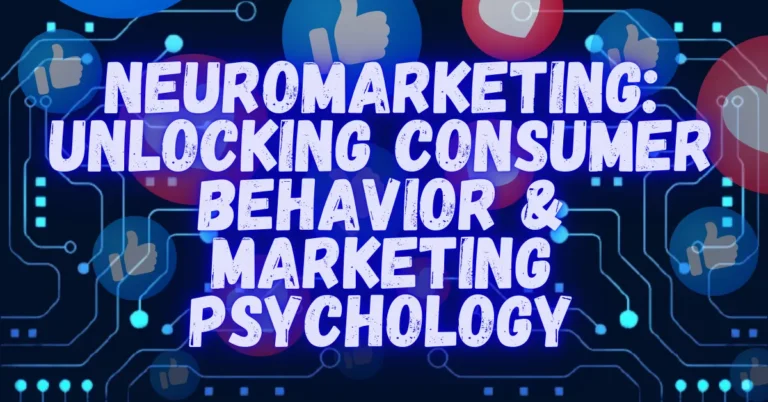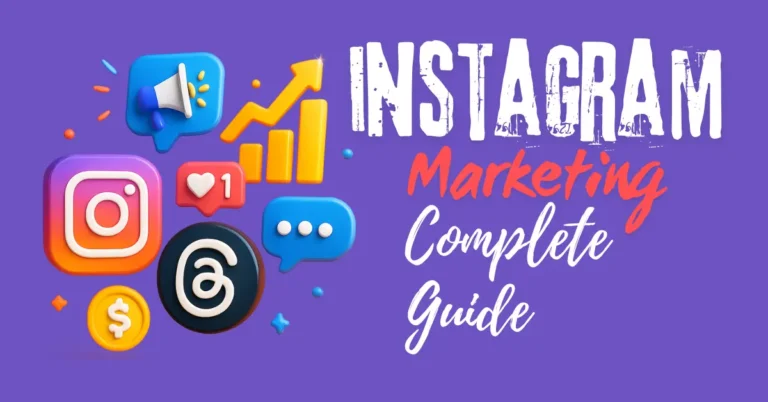Introduction: Why Apps for Marketers Matter
In today’s fast-paced digital landscape, the right apps for marketers can mean the difference between a campaign that fizzles and one that goes viral. Imagine having an assistant that never sleeps—tools that automate tedious tasks, unveil hidden insights, and help you craft engaging experiences. Whether you’re a solo blogger or part of a large marketing team, leveraging the best marketing apps enables you to focus on creativity and strategy, rather than repetitive manual work.
Table of Contents
Comparison of Top Marketing Apps
To kick things off, let’s compare five standout apps that cater to different aspects of marketing: content creation, social media management, analytics, email campaigns, and project collaboration.
| App Name | Primary Use | Key Features | Pricing (Monthly) | Best For |
|---|---|---|---|---|
| Canva | Visual Design | Templates, drag-and-drop, brand kit | Free / Pro $12.99 | Quick graphics |
| Buffer | Social Scheduling | Queue posts, analytics, team approvals | Free / Essentials $6 | Social media teams |
| Ahrefs | SEO & Competitor Research | Keyword Explorer, Site Audit, Backlink data | Lite $99 | SEO professionals |
| Mailchimp | Email Marketing | Automation, A/B testing, audience segmentation | Free / Standard $17 | Small-to-medium business |
| Asana | Project Management | Task boards, timelines, integrations | Basic Free / Premium $10.99 | Cross-functional teams |
(Prices as of June 2025 — check official sites for updates.)
If you want know about Ai for design & Content Writing : Click Me
Key Insights: What Makes a Marketing App Truly Valuable
1. Seamless Integration
A tool’s power often lies in its ability to connect with others. For instance, integrating Canva with social platforms through Buffer can cut content production times in half.
2. Intuitive User Interface
Complex features are valuable only if your team can use them. Ahrefs packs powerful SEO insights in a dashboard that’s surprisingly approachable for beginners.
3. Automation & Workflows
Repetitive tasks—like scheduling tweets or sending follow-up emails—are ripe for automation. Mailchimp’s customer journey builder automatically nurtures leads, freeing you to focus on big-picture strategy.
4. Real-time Analytics
Decisions grounded in data outperform gut feelings. Apps like Buffer Analyze and Ahrefs Site Audit deliver real-time metrics, so you know exactly which posts or pages need optimization.
5. Collaboration Features
Marketing is a team sport. Asana’s timelines and proofing tools (e.g., comments on design drafts) keep everyone aligned and accountable.
Deep Dive: How to Choose the Best Apps for Your Marketing Stack
- Assess Your Pain Points: Are you struggling with graphic design or drowning in spreadsheets? List out your bottlenecks.
- Set Measurable Goals: Seek tools that help you track the metrics that matter—be it conversion rate, engagement, or list growth.
- Test Freemium Options: Many apps offer free tiers. Run a small pilot to gauge adoption and impact before committing.
- Evaluate Support & Community: Strong documentation and active user forums (e.g., the Mailchimp Knowledge Base or Asana Community) ensure you’re never stuck.
- Factor in Scalability: Choose tools that grow with your team, so you avoid painful migrations down the road.
Personal Experience: A Case Study
Last quarter, I piloted a streamlined workflow combining Canva, Buffer, and Mailchimp for a product launch blog series:
- Design Phase: Created on-brand graphics in Canva using a shared brand kit.
- Scheduling: Pushed posts to Twitter, LinkedIn, and Facebook via Buffer, using its optimal timing recommendations.
- Nurturing: Segmented subscribers in Mailchimp and sent a three-part email series, resulting in a 25% click-through rate (CTR).
The result? A 40% increase in organic traffic and a 15% lift in demo sign-ups, all while reducing manual work by 60%.
Conclusion & Call to Action
Marketing success in 2025 hinges on choosing the right combination of apps for marketers. By focusing on integration, user experience, automation, analytics, and collaboration, you can build a stack that accelerates results and unlocks creativity.
Ready to streamline your workflow? Start by testing one new app this month—whether it’s Canva for quick designs or Asana to keep projects on track. Share your experiences in the comments below, and don’t forget to subscribe for more actionable marketing insights!
FAQ’s
Q1: What are the best free apps for marketers?
A: Canva (Free tier with templates), Buffer (Free plan for three channels), Mailchimp (Free for up to 500 contacts), and Asana (Basic free tier) are excellent starting points.
Q2: How many marketing apps should I use?
A: Focus on 3–5 core apps to avoid tool fatigue. Integrate them into a cohesive stack to cover design, scheduling, analytics, and email.
Q3: Are all-in-one marketing suites better?
A: It depends on your needs. All-in-one platforms (e.g., HubSpot) offer convenience, but best-of-breed apps often provide deeper features in their niche.
Q4: How do I measure ROI of marketing apps?
A: Track time saved, productivity gains, and improvements in key metrics like CTR, conversion rate, and list growth.
Q5: Can small teams afford enterprise-level apps?
A: Many enterprise apps offer startup plans or discounts for nonprofits. Always negotiate pricing or explore partner programs.




